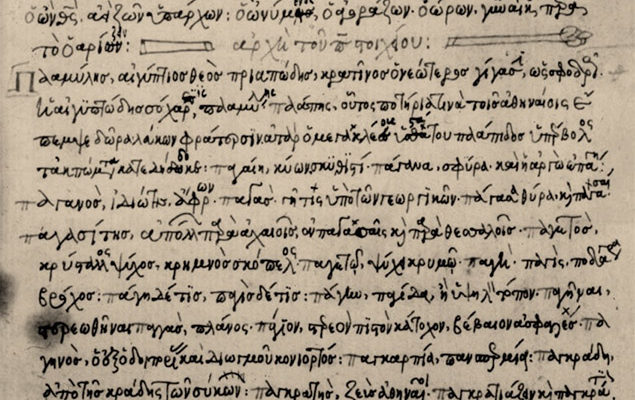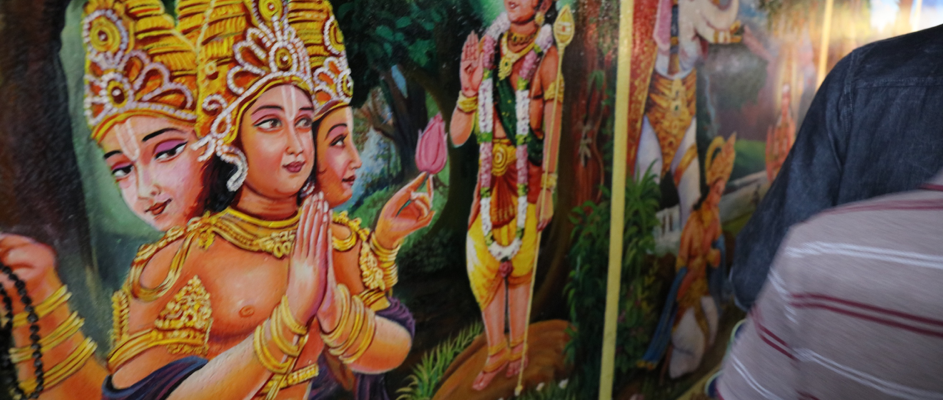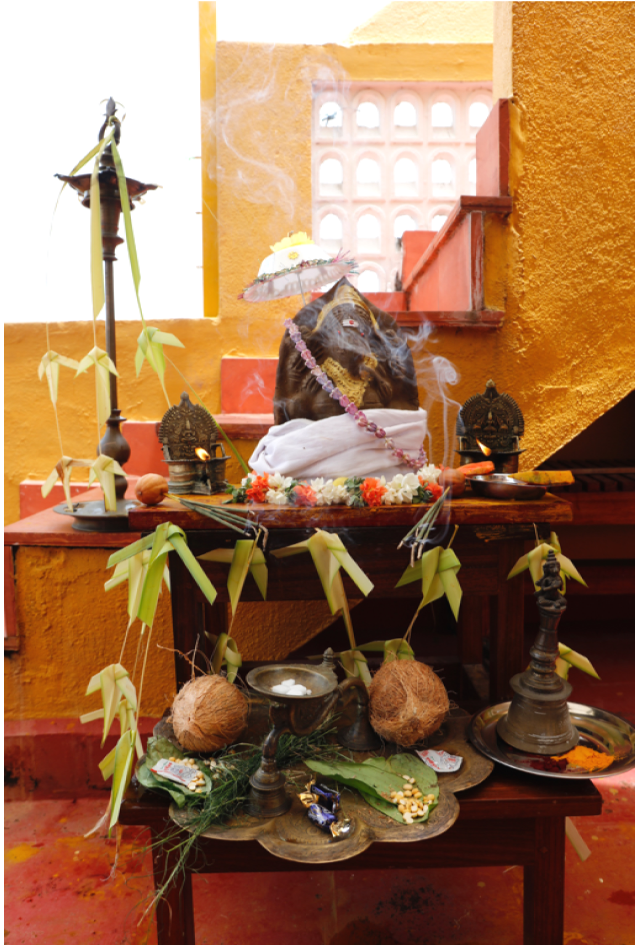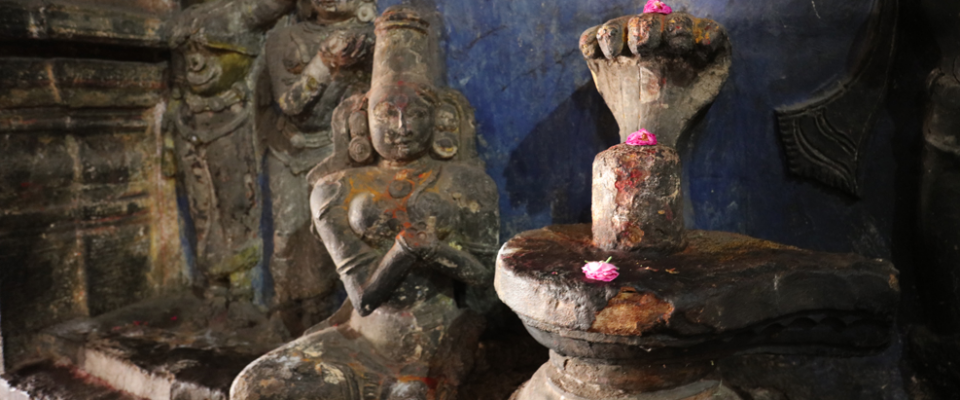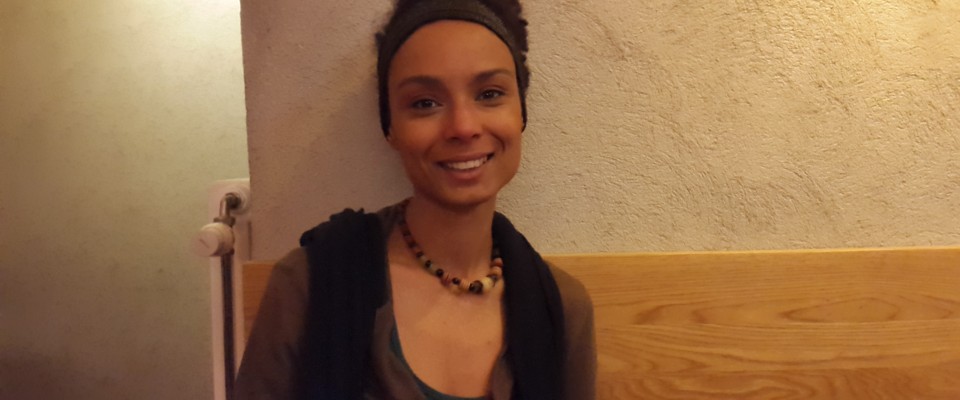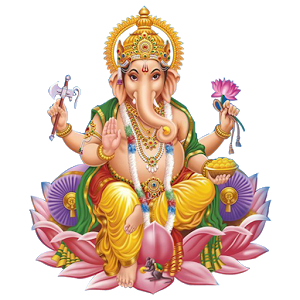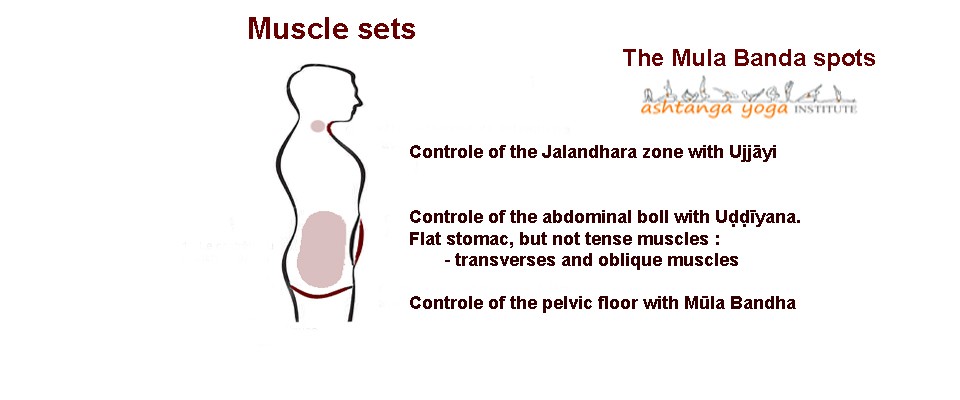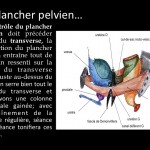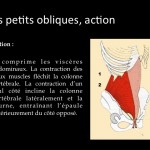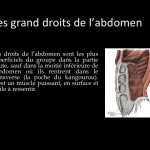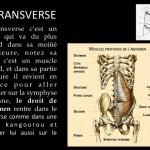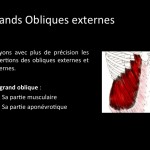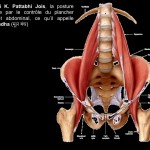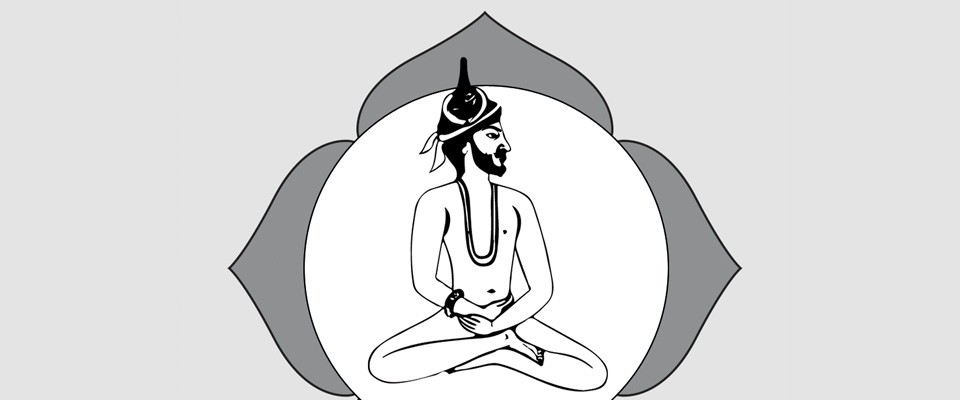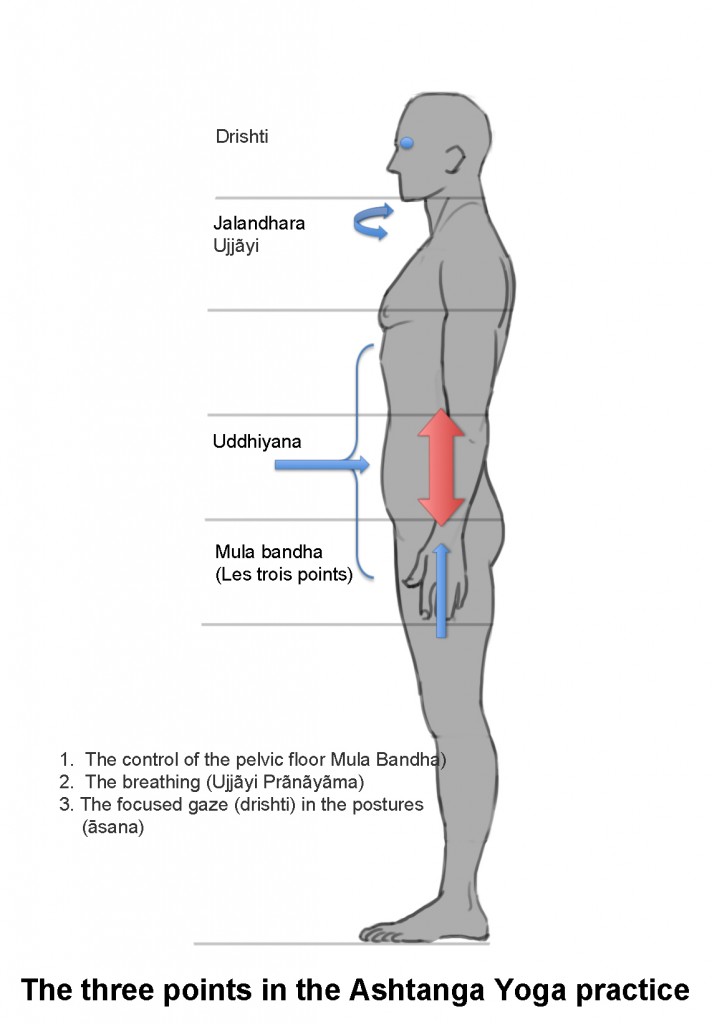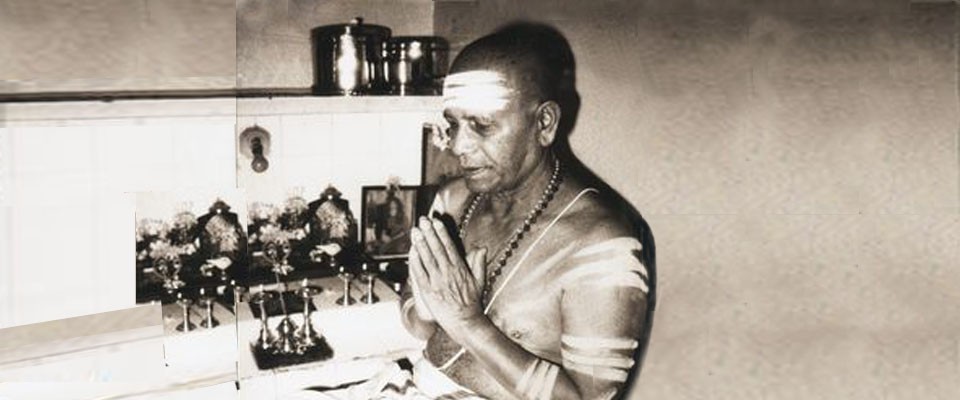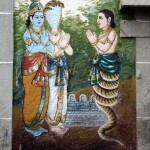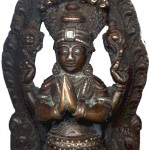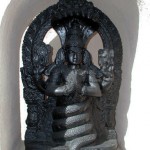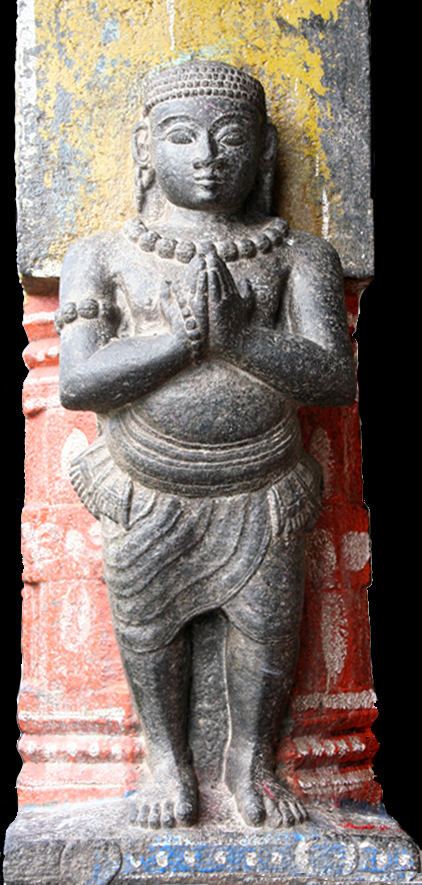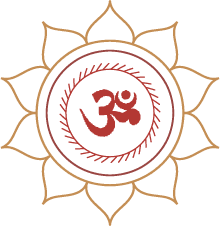The first september 2021
Good evening,
It’s the end of summer, the joy of living without too many barriers … and the start of the school year slowly looming with the resumption of Yoga classes in early September. Yoga invites us to this constant search for otherness and balance between the opposing forces of Yin and Yang, feminine and masculine (Pārvatī / Śiva) etc.
Om Shanti and good reading !
JCG
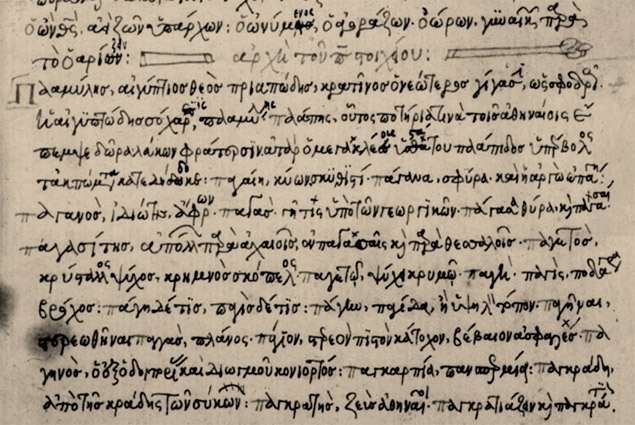
“Circular time” …
Indian thought
As a reminder, Indian thought is based on a cosmogonic representation of life and contrary to the conception and perception of most Westerners who present Hinduism as a polytheistic religion, for Indians the Divine is ONE in its essence. Among the ancients in India, time is seen there in a cyclical or spiral manner, as with Hesychios of Alexandria, the grammarian (in ancient Greek Ἡσύχιος / Hêsýkhios) who wrote that life is “chronos tou einai” the “time of Being ”. If we reverse this phrase as proposed by the theologian Raimon Panikkar, it becomes: “ time is also the life of being ”, and this becomes interesting because life is breathing, the movement of inspiration and expiration, this coordination of movement in space on a line, a circle or a spiral which never goes back, but time is rhythm.
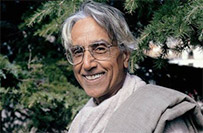
The Rhythm
In Indian mythology we refer to the quality of the rhythm which can be creation or destruction, as shown so well by Śiva (devanāgarī: शिव), the cosmic dancer or “Natarāja” (the god of Yoguin) in the dance called Tāṇḍava or Tāṇḍava nṛtya, (ताण्डव नृत्य).

The quality of rhythm which is either “creation” or “destruction” is like in Jaina-Yoga described by the Indian philosopher Jidhu Krishnamurti, the quality of “silence” which can be “positive” or “negative”.
« Understanding our power to create illusion is infinitely more important than understanding reality. This power must cease altogether, but not in order to obtain reality; we do not argue with the fact. Reality is not reward, the false must go away because it is false and not in order to find the truth.
We live in delusion most of the time. We have prejudices, desires, various beliefs, opinions and convictions. But all this is the fruit of thought, of our reflections, of what has been reported to us, of the media … We see the world through the eyes of others. This is why it is necessary for us, to free ourselves from the illusion, to begin by observing it, by understanding how we create the illusion, how we come to pass from an immediate and true perception of what is to a perception full of judgments of values and various emotions.
Through this attention, we gradually weaken the power of illusion and grasp the truth. Indeed, illusion is an erroneous perception of reality, created by thought. »
Krishnamurti
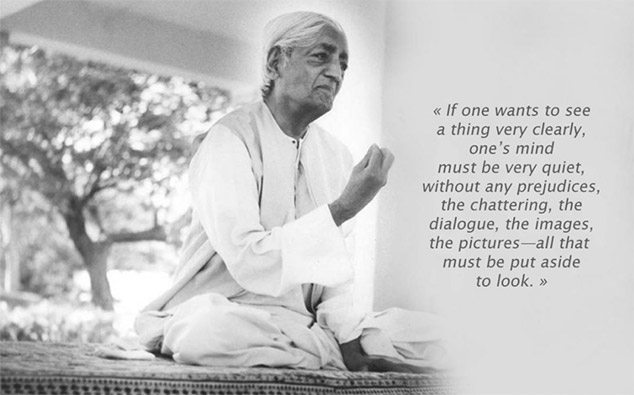
Vāmana Ṛṣi (devanāgarī: वामन ऋ “ष), Yoga Korunta
How to get out of māyā (devanāgarī: माया), the illusion, how to enter the rhythm, how to enter the circle? practicing yoga is one way. Yoga is a breath, it is a movement, it is a dance, the practitioner called the sādhaka (devanāgarī: साधक) will thanks to the rhythm of his practice reach mokṣa (devanāgarī: मो 3), the deliverance, freedom.
“To worship God while dancing fulfills all inspiration and the way of deliverance opens to the one who dances”
Extract from an ancient text, quoted in “The civilizations of Asia”, published by Casterman, ISBN 2-203-15707-0
It is no accident that Śrī K. Pattabhi Jois called his book “Yoga Mālā“. Mālā, it is the prayer rosary, like a pearl necklace that are the postures, the thread is the victorious breath of the uninterrupted Ujjãyi, we never go back, but from pearl to pearl without ever skipping one , in rhythm. In rhythmic time, the postures pass but are not repeated. Thanks to the mūla-Bandha (: म 4 ल ब 7 ध), and to the ujjãyi, the tension is constant in the thread of the necklace.
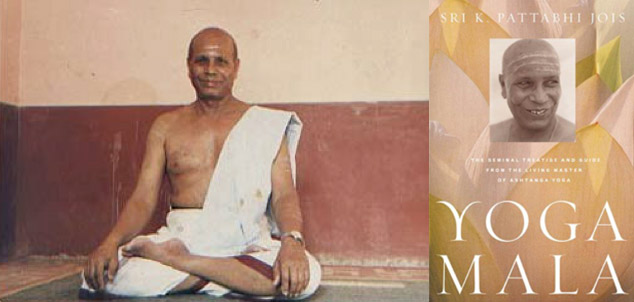
Resumption of all classes the first september
Next intensive morning :
September 11 & 12, 2021 :: Ashtanga yoga intensive morning
October 9 & 10, 2021 :: Ashtanga yoga intensive morning
Next Workshops :
October 2021 : Workshop in Athens, Greece
November 2021 : Workshop in Athens, Greece
Om Shanti,
JC Garnier
